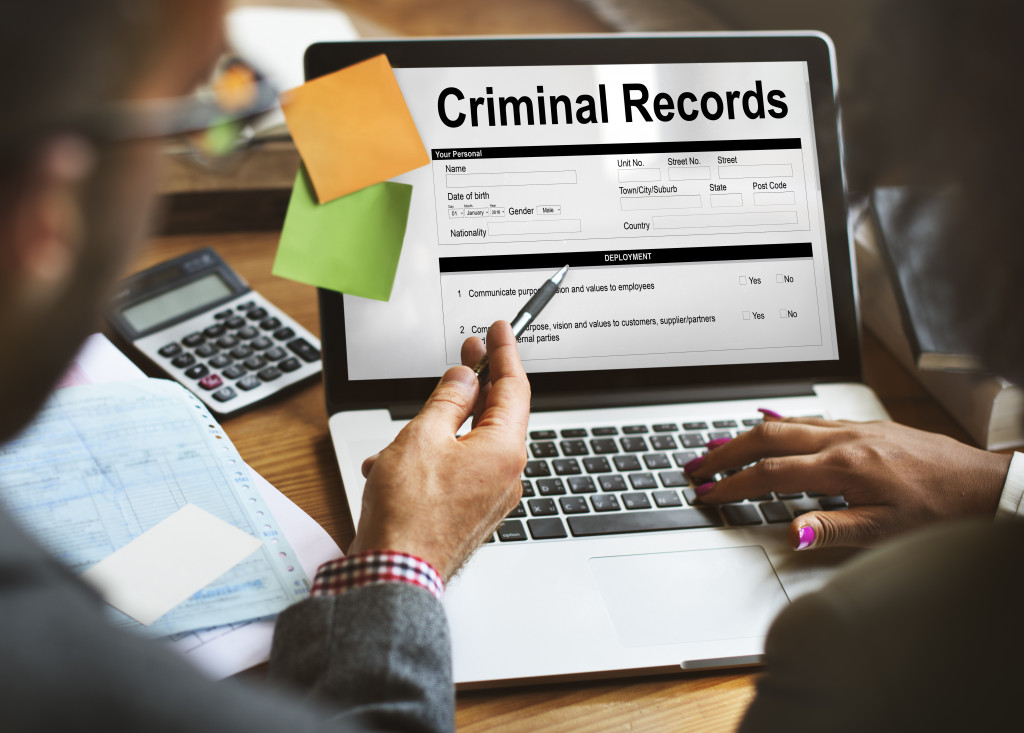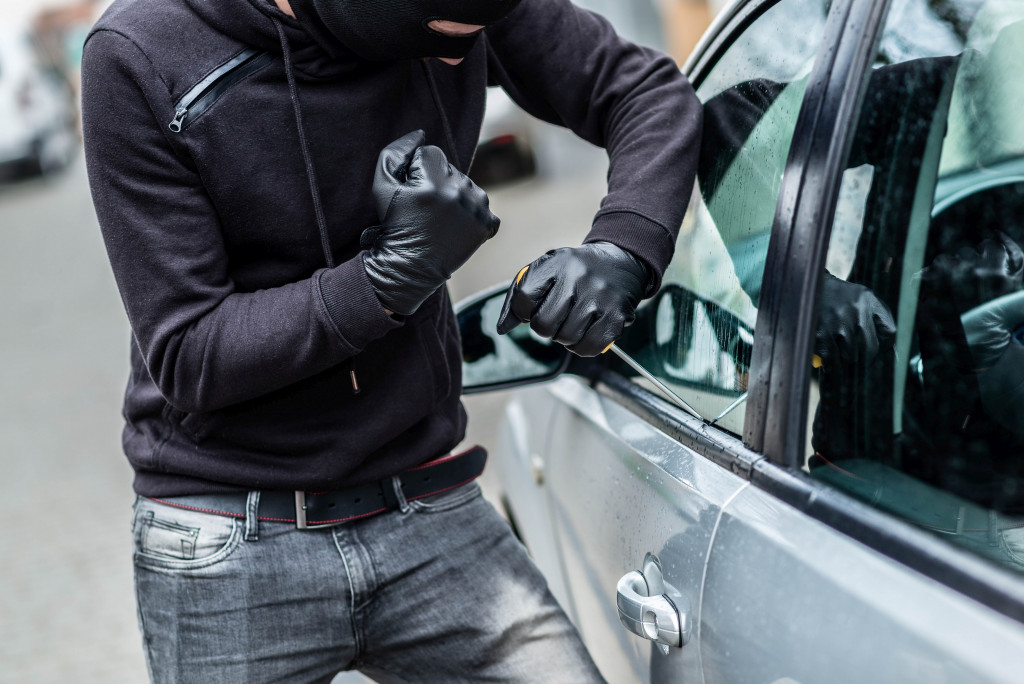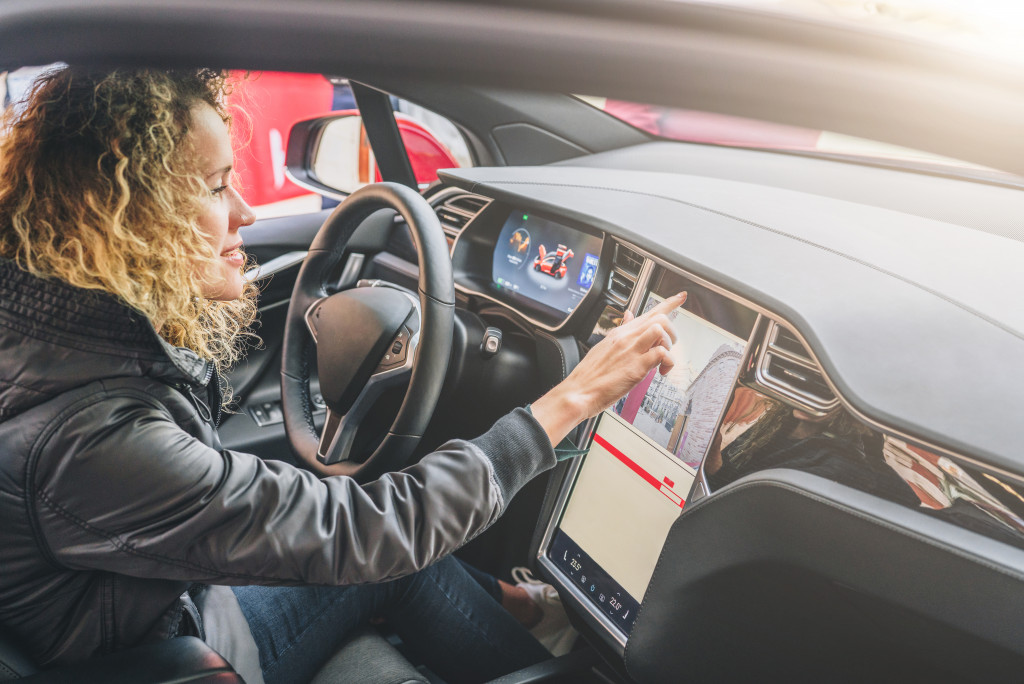• Perform background checks on prospective drivers and require valid driver’s licenses before allowing a test drive.
• Look for F&I solutions with GPS technology, anti-theft devices, geofencing capabilities, and inventory management software to secure the vehicles.
• Monitor customers during the test drive and keep a list of those with past issues.
• Implement customer feedback forms after each test drive to identify any potential problems.
• Train employees on how to de-escalate any conflict and address mechanically related issues.
Offering free test drives can be an excellent way for car dealerships to attract new customers. However, there are risks associated with allowing potential customers to take a car out for a spin. As such, it is crucial that dealerships have safety protocols in place to protect themselves and their customers. Here’s a look at what measures should be taken when offering free test drives.
Know Your Customers
When offering free test drives, it is essential that you know who you are dealing with. This means running background checks on prospective drivers, requiring valid driver’s licenses, and taking down contact information before the test drive begins.
It also means having salespeople accompany the customer during the test drive to ensure that they drive safely and remain aware of any potential hazards or issues. For instance, discussing the route with them and explaining any rules or regulations that may be applicable during the drive can be beneficial.
Furthermore, it is vital to maintain a list of any customers who have had past issues, such as reckless driving or returning late. Customers should also be informed that they are being monitored during the test drive and that they may be held liable for any damage caused by their actions.

Secure Your Vehicles
It is also essential to take steps to secure your vehicles prior to offering free test drives. Looking for tailored solutions for Franchise and Independent (F&I) car dealers could be a great starting point. An efficient F&I menu will typically include the following:
1. GPS Technology
Having GPS tracking systems installed into vehicles can help you to keep an eye on where customers are driving and how fast they are going. This will also allow you to quickly locate a car should it be stolen or taken off the premises without permission.
2. Anti-Theft Devices
Anti-theft devices, such as alarms or immobilizers, can be a great way to deter thieves from stealing your vehicles. It is also important to have emergency shut-off devices in place so that you can disable a vehicle remotely if it is taken without permission or abused in any way.

3. Geofencing Capabilities
Geofencing technology can be used to create virtual boundaries around a vehicle. If the car goes outside of these boundaries, then it will trigger an alert so that you can take immediate action. This is particularly useful if you are allowing customers to take vehicles out on extended test drives.
4. Inventory Management Software
Inventory management software can be used to keep track of all the vehicles in your fleet, as well as any associated documents such as service records and test drive reports. This can help you quickly identify any issues or problems with a vehicle before it is taken out on a test drive.
5. Vehicle Notifications
Finally, it is essential to have systems in place to notify you if a vehicle has been stolen or damaged during a test drive. This should include an immediate alert that can be sent out if something goes wrong, as well as regular updates on the status of the vehicle throughout the test drive.

Train Your Employees
Finally, it is essential that your employees are well-trained in how to handle situations where a customer may become aggressive or uncooperative during a test drive. Employees should be taught how best to de-escalate any potential conflict and address any issues that may arise before, during, or after the ride (e.g., mechanical problems).
Employees should also be instructed on how best to handle situations where an unsafe driver cannot safely complete the ride (e.g., if someone has been drinking). All of this should be covered in detailed training sessions before offering free rides to ensure everyone remains safe and sound while out on the road.
To make it more effective, dealerships should also consider implementing customer feedback forms or surveys after each test drive. This can help them to identify any potential issues and take steps to rectify them before they become bigger problems.
Offering free rides can help bring more business into a dealership, but it’s important that precautions are taken before allowing prospective customers behind the wheel of one of your cars. Knowing your customers, securing your vehicles, and properly training employees will go a long way toward keeping everyone safe while still providing an enjoyable experience for all involved in these free rides. With these tips in mind, you’ll have no problem offering successful—and safe—test drives at your dealership.

